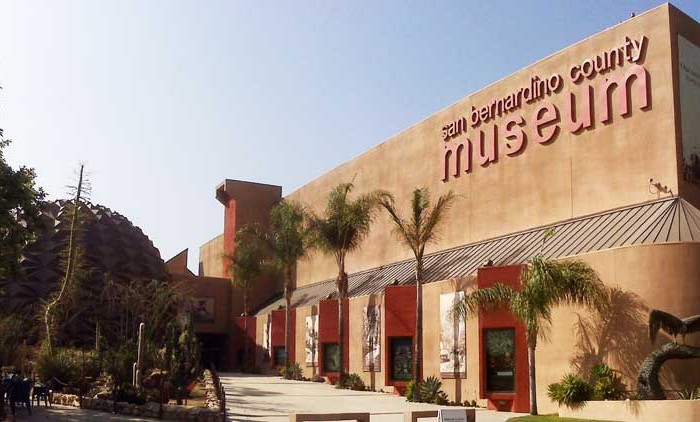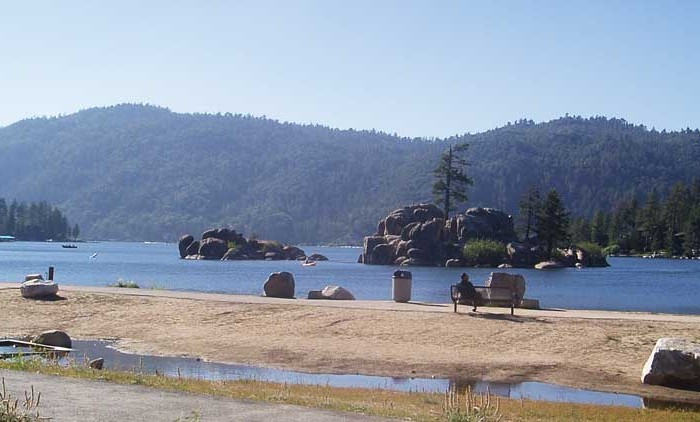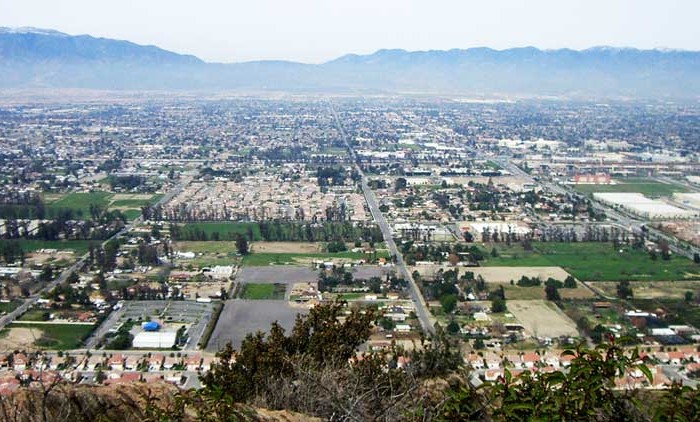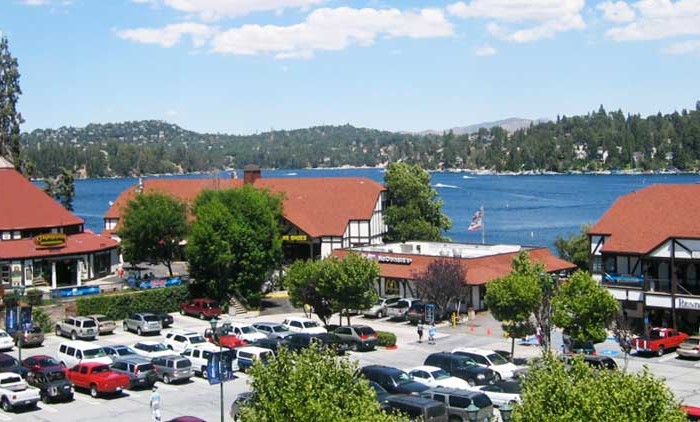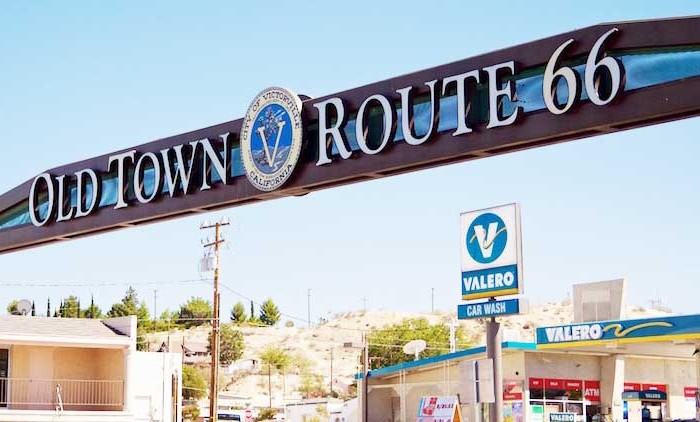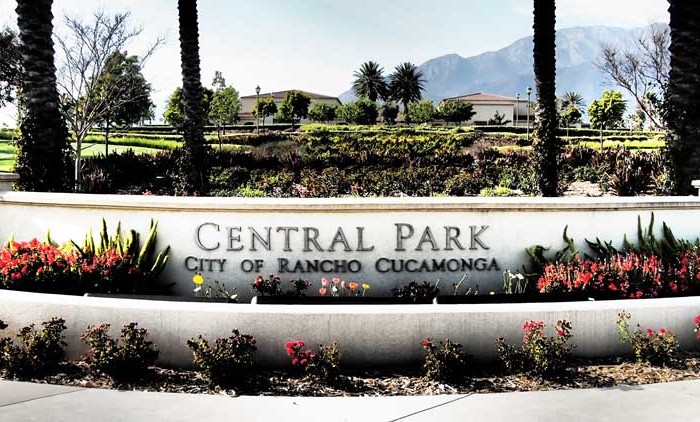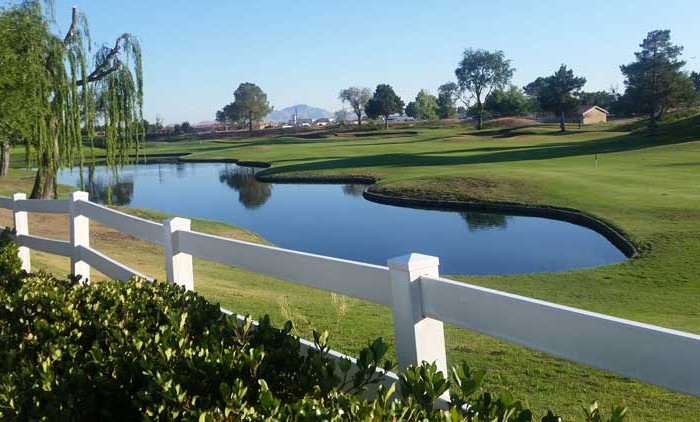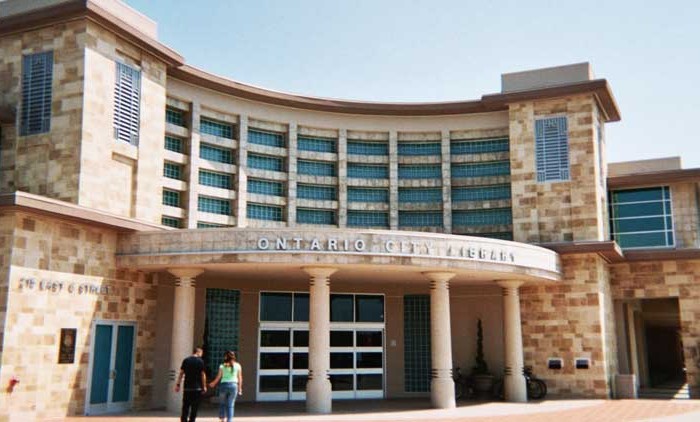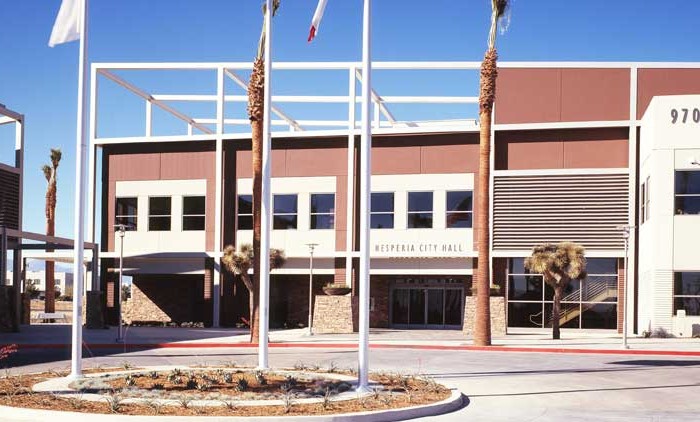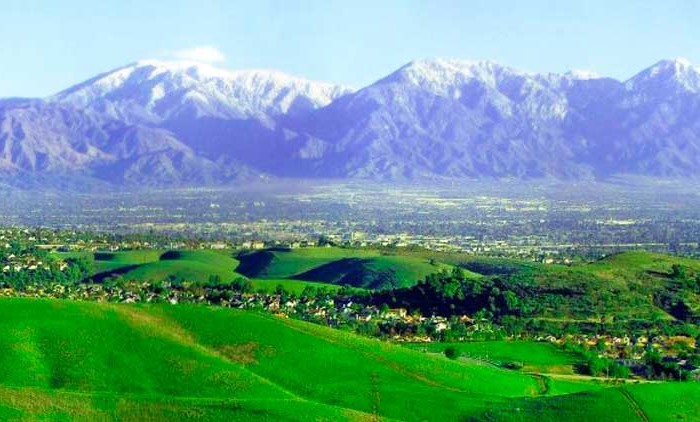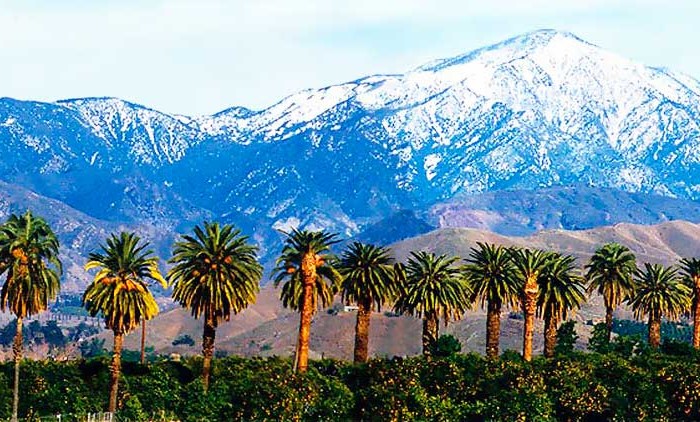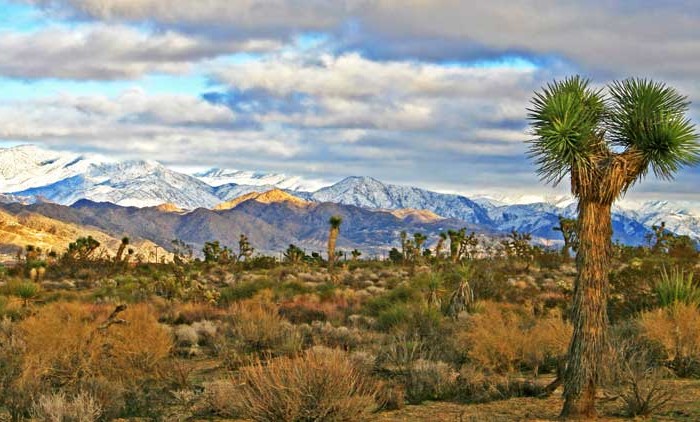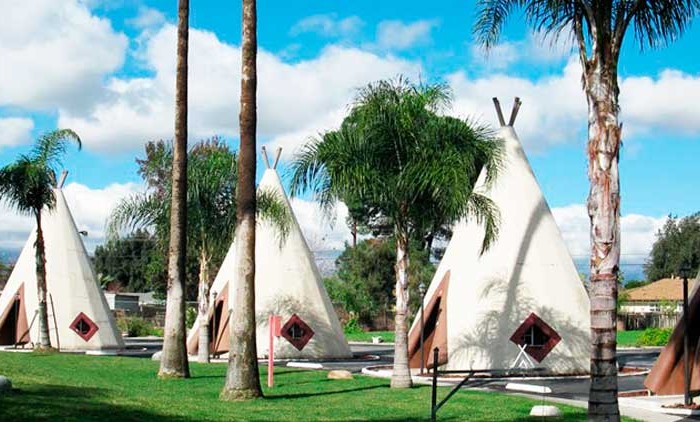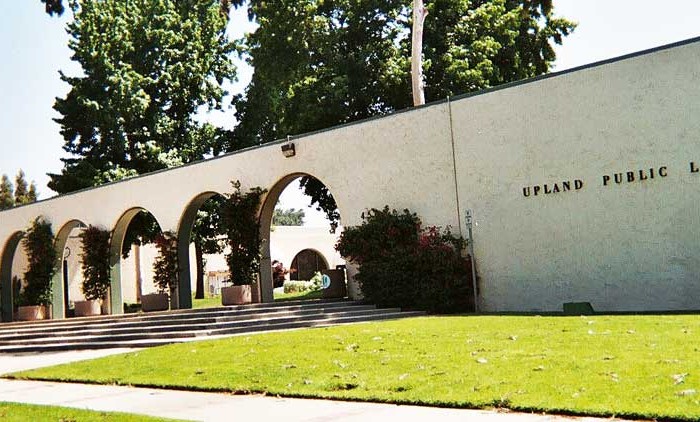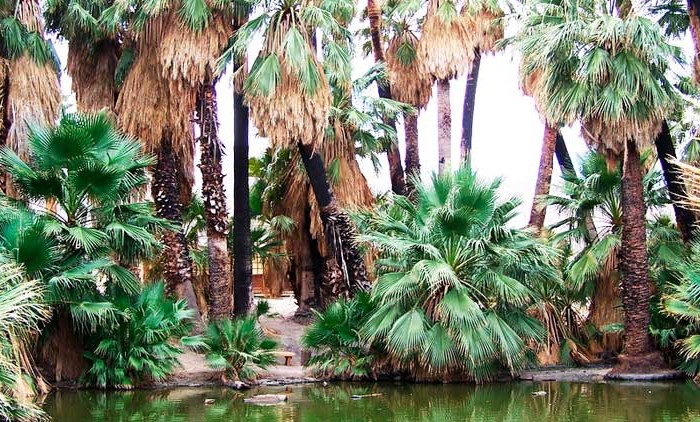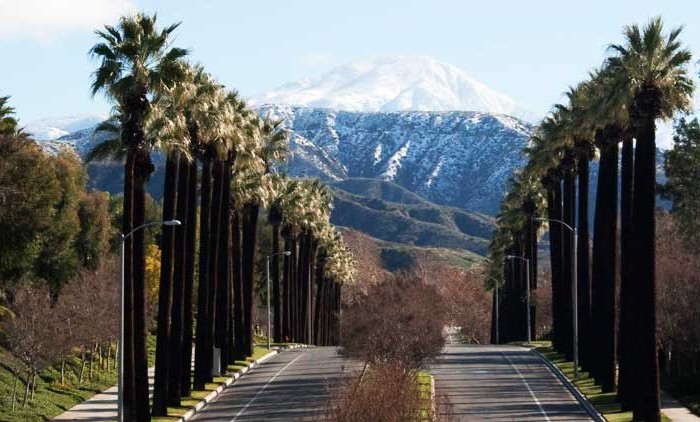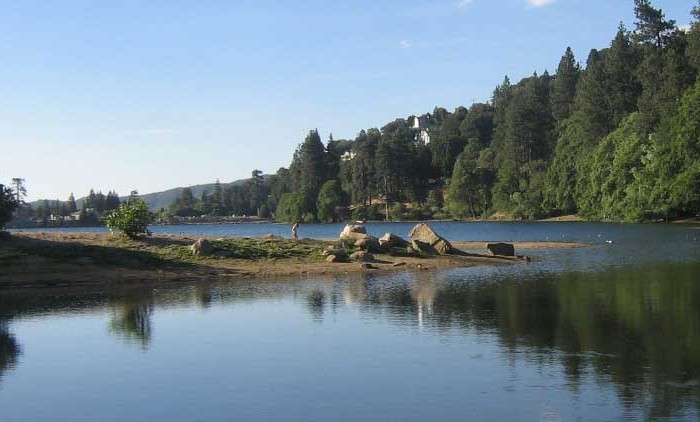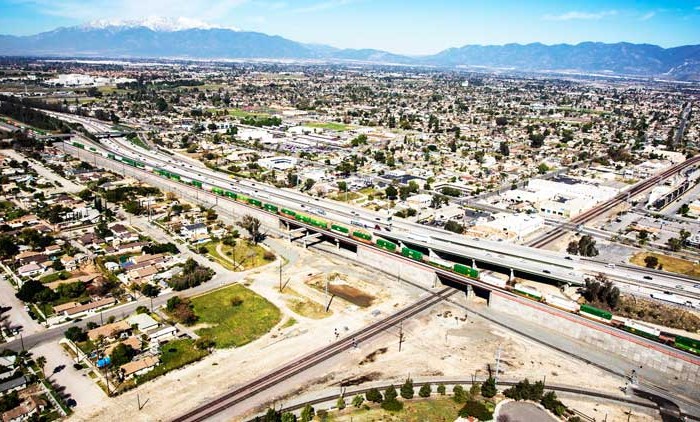Homes, condos and land for sale and rent in Big Bear, CA
The population was approximately 5,019 at the 2010 census, down from 5,438 at the 2000 census. Being a popular year-round resort destination, however, the actual number of people staying in or visiting the greater Big Bear Valley area regularly surges to over 100,000 during many weekends of the year.
Today, there are black bears in the region since their introduction in 1933, and they are sometimes sighted in residential areas.
Many people traveled to enjoy recreation on the lake, however, another major draw was the natural hot spring. Emile Jesserun bought 40 acres (16 ha) of land that included the hot spring and built the first major resort in Big Bear, the Pan Hot Springs Hotel, in 1921.
Since 1970, Big Bear Lake has held its annual Oktoberfest. The Big Bear Lake Oktoberfest also sports the highest Biergarten in the U.S. (in elevation). Big Bear Lake was incorporated as a city on November 28, 1980.
During the 1990s, the city became famous as a training spot for boxing champions. Oscar de la Hoya, Mike Tyson, Fernando Vargas, Gennady Golovkin, and Shane Mosley are among the famous boxers who have trained at Big Bear.
According to the United States Census Bureau, the city has a total area of 6.5 square miles (17 km2). 6.3 square miles (16 km2) of it is land and 0.2 square miles (0.52 km2) of it (2.88%) is water. It is located 25 miles (40 km) northeast of the city of San Bernardino, and immediately west of Big Bear City.
Freezing temperatures have occurred in every month and occur on an average of 186 days each year, on average from September 24 to June 4. With a period of record dating back to only 1960, the highest temperature recorded was 94 °F (34 °C), last recorded on July 15, 1998, while lowest was −25 °F (−32 °C) on January 29, 1979.
The Census reported that 4,993 people (99.5% of the population) lived in households, 5 (0.1%) lived in non-institutionalized group quarters, and 21 (0.4%) were institutionalized.
There were 2,187 households, out of which 563 (25.7%) had children under the age of 18 living in them; 1,007 (46.0%) were opposite-sex married couples living together; 195 (8.9%) had a female householder with no husband present; 119 (5.4%) had a male householder with no wife present. There were 159 (7.3%) unmarried opposite-sex partnerships, and 24 (1.1%) same-sex married couples or partnerships. 675 households (30.9%) were made up of individuals and 298 (13.6%) had someone living alone who was 65 years of age or older. The average household size was 2.28. There were 1,321 families (60.4% of all households); the average family size was 2.83.
The population was spread out with 993 people (19.8%) under the age of 18, 417 people (8.3%) aged 18 to 24, 1,021 people (20.3%) aged 25 to 44, 1,563 people (31.1%) aged 45 to 64, and 1,025 people (20.4%) who were 65 years of age or older. The median age was 46.1 years. For every 100 females, there were 104.7 males. For every 100 females age 18 and over, there were 103.8 males.
There were 9,705 housing units at an average density of 1,485.3 per square mile (573.5/km2), of which 1,271 (58.1%) were owner-occupied, and 916 (41.9%) were occupied by renters. The homeowner vacancy rate was 14.0%; the rental vacancy rate was 45.2%. 2,708 people (54.0% of the population) lived in owner-occupied housing units and 2,285 people (45.5%) lived in rental housing units.
According to the 2010 United States Census, Big Bear Lake had a median household income of $32,869, with 16.9% of the population living below the federal poverty line.
Other cities in San Bernardino County
San Bernardino Real Estate for sale and rent
Homes, condos and land for sale and rent in San Bernardino, CA San Bernardino is a city located in the Riverside-San Bernardino metropolitan area (sometimes called the "Inland Empire"). It serves as the county seat [...]
Big Bear Lake Real Estate for sale and rent
Homes, condos and land for sale and rent in Big Bear, CA Big Bear Lake is a small city in San Bernardino County, California, located in the San Bernardino Mountains along the south shore of [...]
Fontana Real Estate for sale and rent
Homes, condos and land for sale and rent in Fontana, CA Fontana is a city of 203,003 residents in San Bernardino County, California. Founded by Azariel Blanchard Miller in 1913, it remained essentially rural until [...]
Lake Arrowhead Real Estate for sale and rent
Homes, condos and land for sale and rent in Lake Arrowhead, CA Lake Arrowhead is an unincorporated community and a census-designated place (CDP) in the San Bernardino Mountains of San Bernardino County, California, within the [...]
Victorville Real Estate for sale and rent
Homes, condos and land for sale and rent in Victorville, CA In 1858, Aaron G. Lane came to what is now known as Victorville and founded a way station called "Lane's Crossing." For many years [...]
Rancho Cucamonga Real Estate for sale and rent
Homes, condos and land for sale and rent in Rancho Cucamonga, CA Rancho Cucamonga is a suburban city situated at the foothills of the San Gabriel Mountains in San Bernardino County, California. It is located [...]
Apple Valley Real Estate for sale and rent
Homes, condos and land for sale and rent in Apple Valley, CA The Town of Apple Valley is located in the Victor Valley of San Bernardino County, in the U.S. state of California. It was [...]
Ontario Real Estate for sale and rent
Homes, condos and land for sale and rent in Ontario, CA Ontario is a city located in southwestern San Bernardino County, California, United States, 35 miles (56 km) east of downtown Los Angeles. Located in [...]
Hesperia Real Estate for sale and rent
Homes, condos and land for sale and rent in Hesperia, CA Hesperia is a city in San Bernardino County, California, United States 35 miles (56 km) north of San Bernardino in Victor Valley. This portion [...]
Chino Hills Real Estate for sale and rent
Homes, condos and land for sale and rent in Chino Hills, CA Chino Hills is an affluent city located in the southwestern corner of San Bernardino County, California, United States. The city borders Los Angeles [...]
Redlands Real Estate for sale and rent
Homes, condos and land for sale and rent in Redlands, CA Redlands is a city in San Bernardino County, California, United States. It is a part of the Greater Los Angeles area. As of the [...]
Chino Real Estate for sale and rent
Homes, condos and land for sale and rent in Chino, CA Chino is a city in San Bernardino County, California, United States. It is located in the western end of the Riverside-San Bernardino Area and [...]
Yucca Valley Real Estate for sale and rent
Homes, condos and land for sale and rent in Yucca Valley, CA Yucca Valley is an incorporated town in San Bernardino County, California, United States. The population was 20,700 as of the 2010 census. Yucca [...]
Rialto Real Estate for sale and rent
Homes, condos and land for sale and rent in Rialto, CA Rialto is a city in San Bernardino County, California, United States. The population was 99,171 with the 2010 Census. Rialto is home to four [...]
Yucaipa Real Estate for sale and rent
Homes, condos and land for sale and rent in Yucaipa, CA Yucaipa is a city located 10 miles (16 km) east of San Bernardino, in San Bernardino County, California, United States. The population was 51,367 [...]
Upland Real Estate for sale and rent
Homes, condos and land for sale and rent in Upland, CA Upland is a city in San Bernardino County, California, in the United States. The municipality is located at an elevation of 1,242 feet (379 [...]
Twentynine Palms Real Estate for sale and rent
Homes, condos and land for sale and rent in Twentynine Palms, CA Twentynine Palms (also known as 29 Palms) is a city in San Bernardino County, California, United States. It was previously called Twenty-Nine Palms. [...]
Highland Real Estate for sale and rent
Homes, condos and land for sale and rent in Highland, CA Highland is a city in San Bernardino County, California, United States. The population in 2010 (US Census) was 53,104, up from 44,605 at the [...]
Crestline Real Estate for sale and rent
Homes, condos and land for sale and rent in Crestline, CA Crestline is a census-designated place in the San Bernardino Mountains of San Bernardino County, California, USA. The population was 10,770 at the 2010 census, [...]
Colton Real Estate for sale and rent
Homes, condos and land for sale and rent in Colton, CA Colton is a city in San Bernardino County, California, United States. The city is located in the Inland Empire region of the state and [...]

